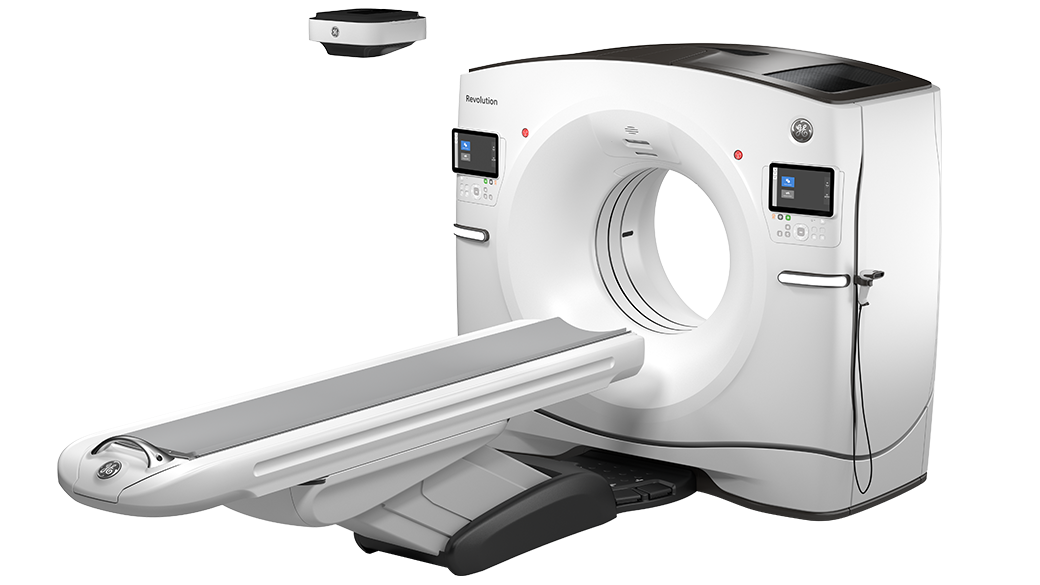Large-scale, concerted sustainability measures are imperative to prevent the depletion of our planet’s natural resources. Creating a more sustainable environment and reducing the emission of greenhouse gasses is a high priority for countries around the globe and across many industries—with healthcare organizations prioritizing efforts to reduce their environmental impact as well.
According to “Health Care’s Climate Footprint Report,” 4.4 percent of global climate emissions come from activities in healthcare, such as carbon emissions through energy consumption, transport, and products manufactured, used, and disposed of.[1]
Open 24 hours a day, seven days a week, hospitals are energy-intensive commercial buildings. To provide care for patients, hospitals operate several energy-intensive activities, including sophisticated heating, cooling, and ventilation systems; computing, medical, and laboratory equipment; and sterilization, refrigeration, laundry, and food service departments.
Healthcare providers also rely on services such as medical imaging devices, which require significant energy utilization for their manufacturing, transportation, and daily operation.
Progressing healthcare with an eco-conscious lens
As defined by the United Nations, sustainable development meets the needs of the present without compromising the ability of future generations to meet their own needs. Healthcare leaders like GE Healthcare are committed to supporting environmental and sustainability initiatives in this way by innovating products that impact the health sector’s climate footprint.
With a strategic approach to sustainability, GE Healthcare integrates sustainable initiatives into many aspects of a product’s life cycle—from manufacturing and production to product utilization and eventual expiration. This comprehensive approach ensures that operations move towards increased energy efficiency, helping to reduce the environmental impact and enables the opportunity to utilize digital and artificial intelligence (AI)-based solutions to increase resiliency.
“By sharpening our focus on the environmental impacts of our products across the life cycle, we are making strides in reducing our own operational emissions, as well as helping our customers do the same,” said Kelvin Sanborn, ESG Program Leader at GE Healthcare “Our industry has an opportunity to significantly reduce healthcare’s carbon footprint by designing quality imaging equipment for clinical decision-making support and built to last.”
GE Healthcare has committed to achieving a 50 percent reduction in its operational emissions by 2030 and net zero emissions by 2050 as part of the UN-backed “Race to Zero”. The company is cutting greenhouse gasses released from its facilities, reducing emissions from its fleet, and increasing its focus on sustainability across product manufacturing, sourcing, distribution, installation, and operations.
Advancing environmentally conscious design in CT technology
More than half of the health sector’s climate footprint comes from electricity consumption.[2] To help address this consumption and overall emissions reduction, leading manufacturers are implementing fundamental changes, specifically in medical imaging equipment manufacturing and design. Adopting sustainable changes and practices include designing for manufacturing, sourcing, distribution, installations, service operations, and proper management at the end-of-life.
GE Healthcare builds on these changes by considering the energy and emissions impacts of its products throughout their lifecycle. This would include:
- Improving energy efficiency
- Optimizing the use of limited or rare materials in manufacturing
- Providing digitally enabled solutions and maintenance services throughout the product lifespan
- Expanding circular economy programs by offering refurbishment and recycling options at the end of product life
GE Healthcare's ongoing commitment to innovating CT design for sustainability represents a sound investment in the future. Energy-efficient designs support the healthcare industry’s goals of reducing its emissions and carbon footprint while delivering high-efficiency imaging systems.
What’s more, today’s CT imaging systems from GE Healthcare are designed to reduce energy consumption during utilization. Health systems can reduce energy use by up to 15 percent—and reduce their indirect carbon emissions by 68 percent—when using the designated built-in energy savings mode feature.
GE Healthcare also supports recycling efforts with its GoldSeal refurbishing program, which has been operating for over 20 years. Products are designed for easy recycling or reuse at the end of their life. For example, CT scanners can often be refurbished and reused, or the scanner’s parts and materials can be recycled for other applications. More than 8,000 pieces of GE Healthcare’s imaging systems and ultrasounds are refurbished each year, and 94-96 percent of most imaging systems are recycled.
Committed to a sustainable future
Driving resiliency and sustainability into product design for the future includes building robust imaging systems that can meet the needs of providers and patient communities today and tomorrow.
Healthcare providers can access the next generation of CT innovations by employing scalable and upgradeable CT imaging systems that operate on a digital platform and feature expanded clinical capabilities, regular system updates, and workflow enhancements via software and hardware upgrades. These upgrades can extend the life of an existing imaging system, reducing the need for new capital expenditures while promoting circularity.
GE Healthcare is committed to reducing environmental impacts for lasting sustainability—and this commitment will help create a more eco-friendly healthcare system that can also better meet the needs of patients and communities worldwide.
DISCLAIMER
Not all products or features are available in all geographies. Check with your local GE Healthcare representative for availability in your country.
.REFERENCES
[1] Health care climate footprint report | Health Care Without Harm (noharm-uscanada.org)
[2] Health care climate footprint report | Health Care Without Harm (noharm-uscanada.org)


